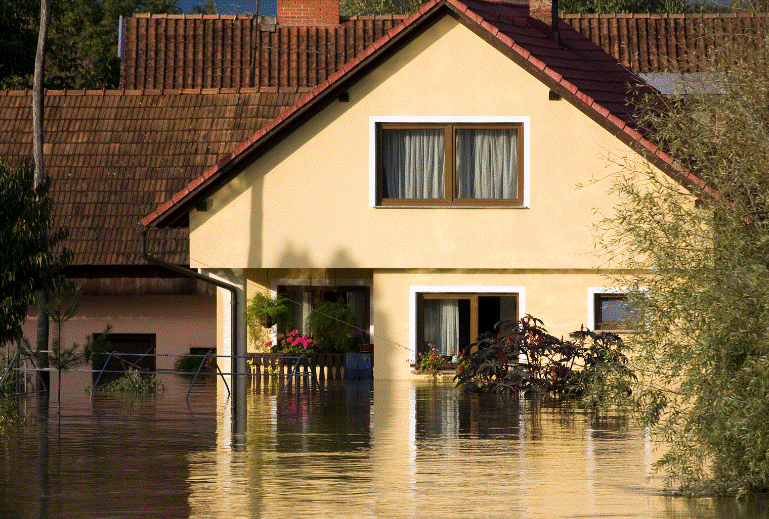What Rising Insurance Costs Mean for Home Values
In recent years, homeowners across the U.S. have been facing a growing concern: rising insurance premiums.

Water damage in homes can be a major problem for homeowners. Fortunately, new technologies are changing how experts deal with removing water and drying out homes. Today, they use special tools to find moisture hidden inside walls and floors. They also have advanced drying machines that remove water and dampness from homes much faster than before. Computerized systems help the experts plan and manage the whole water removal process. Using new technologies makes drying out homes and their foundation after floods or leaks much quicker and more effective. This article will explain the vital role that technologies now play in water mitigation and removal for homes after water disasters occur. New technologies are really helping homeowners with water damage problems.
Finding Water Issues Early
Locating hidden moisture quickly is crucial for effective water mitigation. Special moisture detection tools give experts a major advantage for catching leaks and wet areas early before they become bigger disasters. Thermal imaging cameras can see temperature differences that indicate moisture behind walls, ceilings, or under floors. High-tech moisture meters use sensors to locate wet materials and map out the extent of dampness during home and foundation repair.
These specialized detection technologies allow crews to find leak sources and moisture pockets that are completely invisible to the naked eye. Catching water issues early is vital, as it prevents moisture from spreading undetected and causing widespread damage. Water mitigation is much simpler and less expensive when leaks are caught soon after they start.
Water Extraction Equipment
Once the wet areas are found, powerful water extraction equipment is brought in to remove every drop of moisture. Submersible pumps are large, gas-powered machines that can rapidly drain huge volumes of standing water from flooded basements, crawlspaces, or foundation repair. For big water removal jobs, truck-mounted vacuum units provide incredibly strong suction power to quickly pull out immense amounts of water while also filtering out dirt, debris, and bacteria.
Specialty extraction wands use concentrated suction to pull trapped moisture out of wet carpets, upholstery, drywall, and other porous materials. Extracting this absorbed water is crucial during water mitigation to prevent mold growth and further moisture spread.
Constant Monitoring
Smart sensor systems track temperature, humidity, and moisture levels in real-time throughout the drying process in water-damaged areas. If conditions change at all, the sensors immediately alert workers so they can adjust equipment or change up their drying plan. This constant monitoring is vital to ensure the drying is thorough and effective.
Digital documentation, such as photos, videos, and moisture reading data, creates a detailed record that can be shared transparently with homeowners and insurance companies. Some monitoring tech even allows experts to remotely monitor job sites and control drying machines based on the data readings.
Making Data-Driven Decisions
Data analytics software helps professionals accurately understand the extent and scope of water damage using hard facts and measurements rather than guesswork. They can use the data to predict potential issues, decide on the right amount of equipment needed, and determine staffing requirements for efficient mitigation.
Compiling all the job data into detailed reports allows for clear communication and transparency with homeowners and insurance providers throughout water removal projects. Analyzing results across many past jobs helps water repair crews to continuously improve and refine their methods over time for better outcomes.
Advanced Drying Systems
Industrial dehumidifiers and specialized drying systems work seamlessly with monitoring sensors to establish an optimized drying environment customized for each situation. This facilitates faster, deeper drying compared to basic methods.
Desiccant dehumidifiers are extremely effective because they use materials to absorb moisture from the air rather than cooling it like standard dehumidifiers. This allows them to operate efficiently even in cold temperatures or high-humidity areas where regular humus struggles. For instance, desiccant dehumidifiers effectively remove moisture during crawl space or foundation repair.
Heat drying trucks and portable heating systems strategically raise air temperatures to accelerate evaporation during water mitigation jobs. Establishing these ideal hot, dry conditions helps trapped moisture evaporate out of materials rapidly, resulting in superior drying performance.
3D Imaging Scanning
Sophisticated 3D scanning cameras give water mitigation professionals an incredibly detailed look at water-damaged areas and materials. This imaging technology can visualize moisture lurking behind walls, under floors, or inside building cavities that the naked eye cannot detect. Make sure to include the 3D process in your home improvement plan so that you can detect the issue and have it solved by the experts.
Having this comprehensive information upfront allows mitigation experts to evaluate the full extent of damage and make informed, strategic plans for complete water extraction and structural drying. Detecting all areas of trapped moisture, even ones that are hidden, leads to a vastly more thorough and effective restoration process.
Technology has transformed water damage repair in recent years through a wide range of tools and methods. From locating hidden moisture early to advanced drying systems and monitoring capabilities, these innovations empower professionals to mitigate water issues swiftly, strategically, and with greater performance than ever before. Homeowners facing wet disasters can feel reassured knowing mitigation companies have such innovative solutions on their side. The future of efficient home drying has prominently arrived.